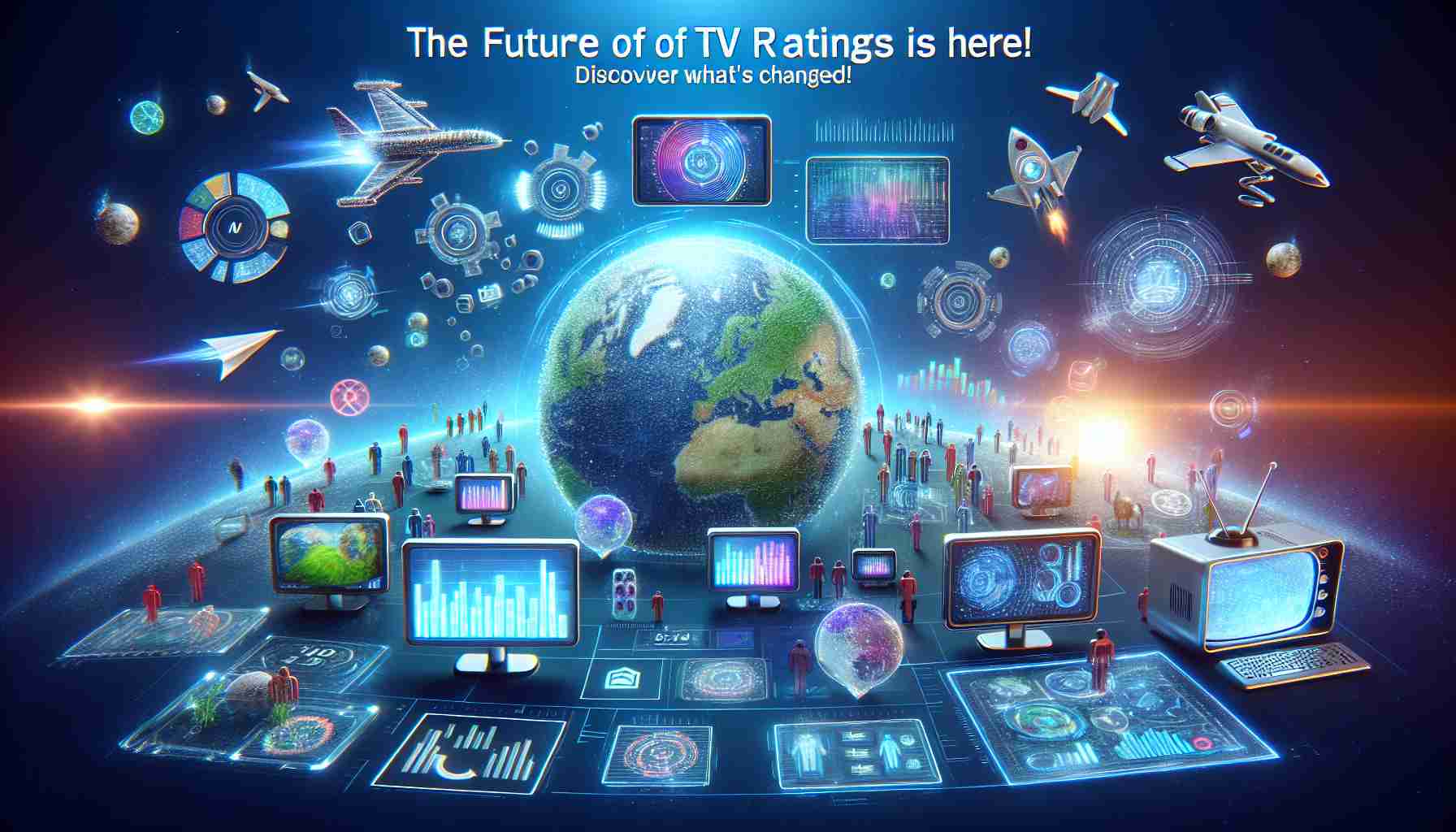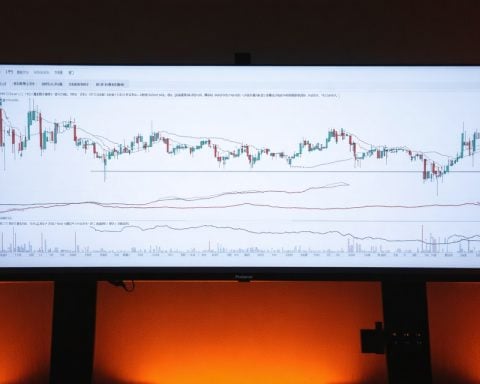Innovative National TV Measurement Gains Credibility
The Media Rating Council (MRC) has officially recognized Nielsen’s advanced Big Data + Panel approach to national TV measurement. This accreditation marks a significant milestone, highlighting Nielsen as the first provider to receive such recognition for merging traditional panel data with vast datasets from smart TVs and cable systems.
Nielsen leverages return-path data from cable and satellite set-top boxes and automatic content recognition systems from smart TVs to gather insights from over 45 million households and 75 million devices across the U.S. This innovative methodology integrates first-party streaming data, enhancing audience measurement for live events.
Nielsen’s CEO emphasized that this accreditation is revolutionary, asserting that no other service combines a representative audience panel with such extensive data resources. The Big Data + Panel framework aims to refine audience measurement accuracy more than ever before.
This new methodology not only supports advertising strategies but also aids broadcasters and agencies in making informed decisions regarding content programming, licensing, and distribution agreements. Leading up to the 2025 Upfront season, Big Data + Panel is widely embraced as a valuable industry standard.
Additionally, in pursuit of broadening its measurement scope, Nielsen is expanding its out-of-home measurement and improving streaming metrics, further solidifying its reputation in the media landscape. With these developments, advertisers now have enhanced tools for analyzing viewers’ behaviors and preferences.
Shaping the Future of Media Measurement
The accreditation of Nielsen’s Big Data + Panel methodology signals a transformative shift in how audiences engage with television content, with profound implications for society and the global economy. As the entertainment landscape continues to evolve, accurate viewer data plays a pivotal role in shaping not only advertising strategies but also the very fabric of media consumption.
By leveraging vast datasets derived from smart TVs and cable systems, Nielsen’s approach enhances advertisers’ ability to target specific demographics more effectively. This precision translates into more efficient marketing expenditures, ultimately influencing the types of content producers create and disseminate. As advertisers become increasingly adept at reaching desired audiences, we may see a proliferation of niche programming tailored to specialized tastes, reflecting a broader spectrum of cultural narratives.
However, the implications extend beyond economics; there are potential environmental impacts as well. With enhanced data usage, there could be an uptick in demand for digital infrastructures and technologies, potentially leading to increased energy consumption. As we march toward a more data-driven media landscape, organizations must prioritize sustainable practices in their operations to mitigate these effects.
Lastly, as consumer behavior continues to shift toward on-demand and streaming services, trends suggest that data measurement will become even more integral. We can expect a future where real-time analytics will allow media companies to adapt content quickly, ensuring relevance and engagement. This melding of technology and entertainment is likely to define the trajectory of the media industry, illustrating the long-term significance of data-driven decision-making.
Revolutionizing TV Measurement: How Nielsen’s New Approach is Changing the Game
Innovative National TV Measurement Gains Credibility
Nielsen’s recent accreditation from the Media Rating Council (MRC) represents a groundbreaking advancement in national TV measurement methodologies. By successfully integrating advanced Big Data with traditional panel data, Nielsen has set a precedent as the first provider to achieve this recognition, highlighting its leadership in the media analytics field.
Features of Nielsen’s Big Data + Panel Approach
Nielsen’s innovative approach combines information from more than 45 million households and 75 million devices across the United States. Key features of this methodology include:
– Return-Path Data: Utilizing data from cable and satellite set-top boxes to accurately track viewing habits.
– Automatic Content Recognition (ACR): Gathering insights from smart TVs to ensure comprehensive data collection.
– First-Party Streaming Data: Enhancing audience measurement for live events and streaming content.
The synergy of these features allows for a more precise understanding of audience behavior, enabling advertisers and program creators to develop tailored strategies.
Use Cases for Advertisers and Broadcasters
Nielsen’s Big Data + Panel framework has a variety of applications, making it an essential tool for the media industry. Some notable use cases include:
– Targeted Advertising: Advertisers can create highly targeted campaigns based on detailed viewer insights, improving ROI.
– Content Strategy Development: Broadcasters can optimize their programming by analyzing viewer preferences and engagement patterns.
– License and Distribution Agreements: Facilitating better negotiations for content distribution based on viewer data analytics.
Limitations and Challenges
Despite its advantages, Nielsen’s new measurement approach faces some challenges:
– Data Privacy: As data collection grows, maintaining viewer privacy and compliance with regulations is essential.
– Market Competition: As other companies develop similar methodologies, Nielsen must innovate continuously to retain its competitive edge.
Pricing and Market Analysis
While specific pricing details for Nielsen’s services remain undisclosed, the industry anticipates a shift in market dynamics with the introduction of their advanced measurement solutions. As media companies seek precision in advertising and programming strategies, investments in comprehensive analytics tools like Nielsen’s are likely to increase.
Innovations and Trends in TV Measurement
The recognition of Nielsen’s Big Data + Panel framework marks a pivotal moment in the evolution of TV measurement. Industry experts predict that:
– Increased Demand for Data-Driven Decisions: As competition intensifies, media companies will increasingly rely on data analytics to inform their strategies.
– Expansion of Measurement Capabilities: Nielsen’s ongoing focus on out-of-home measurement and streaming metrics signifies a trend towards more holistic audience insights.
Conclusion
Nielsen’s innovative national TV measurement approach not only revolutionizes how audiences are tracked but also empowers advertisers and broadcasters with crucial data-driven insights. As the industry evolves, staying informed about Nielsen’s advancements and the implications on advertising strategies will be essential.
For more insights into media measurement and analytics, visit Nielsen.












